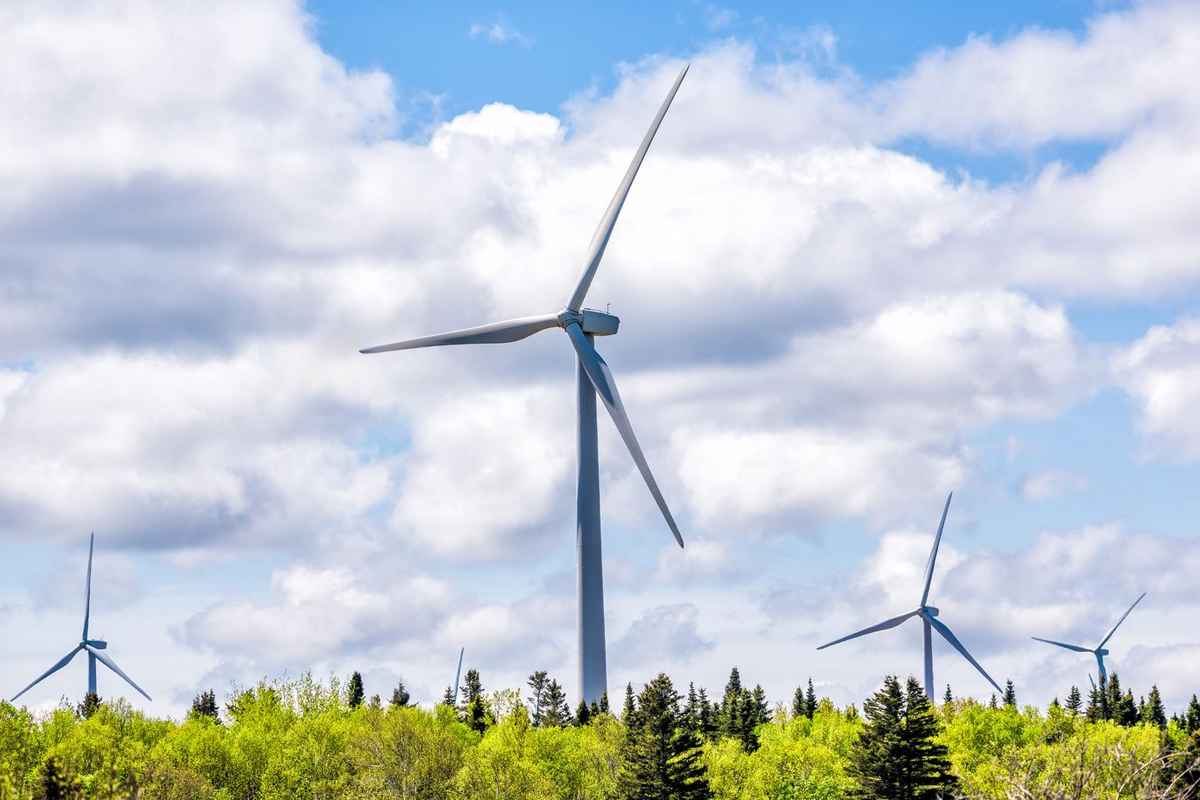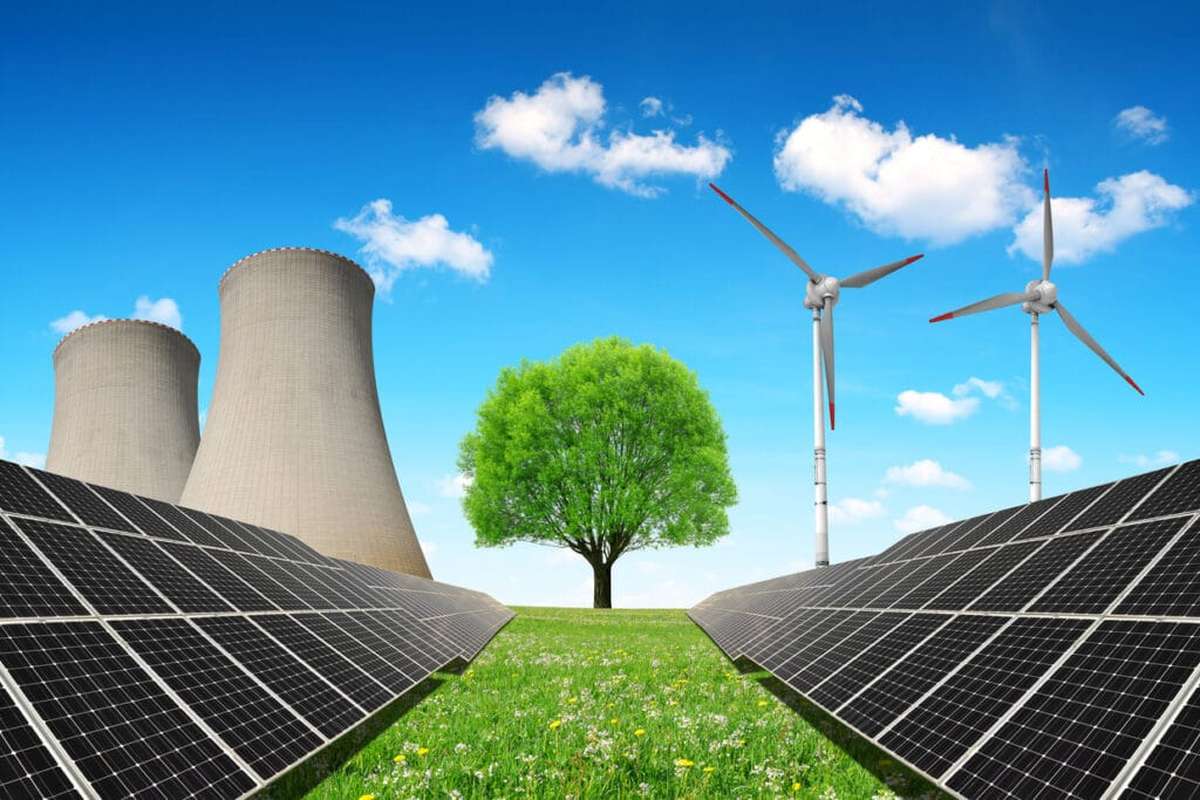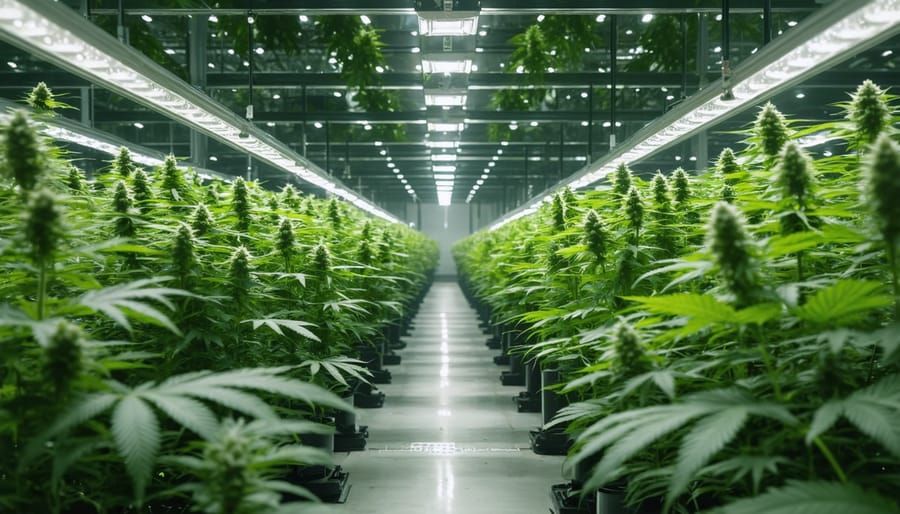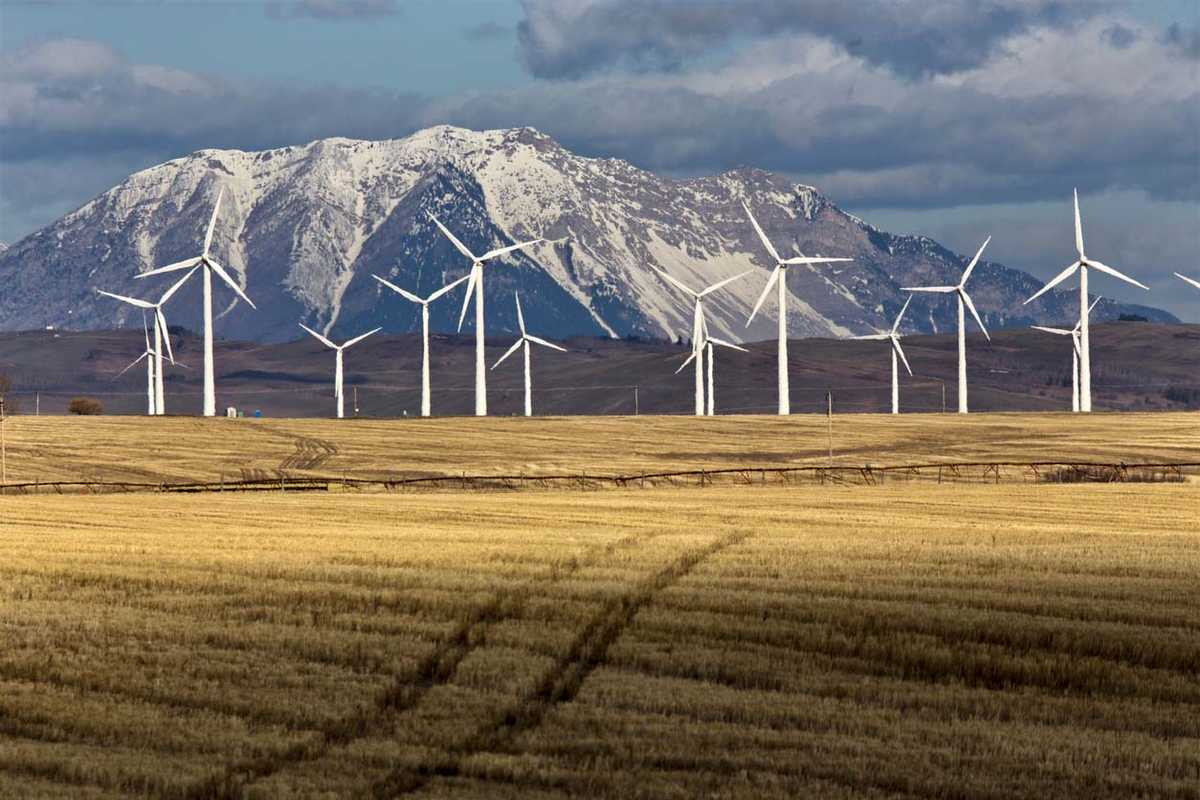Quebec stands out as a global frontrunner in renewable energy! Leveraging its extensive network of lakes and rivers, the province harnesses freshwater resources to supply millions of Canadians and Americans with power.
In 2016, Quebec achieved an impressive feat by generating 99.8% of its electricity from renewables, with hydro contributing a substantial 95.2% to this remarkable accomplishment. Although wind and biomass also play roles in Quebec’s power grid, their contributions are not as substantial as hydro.
The roots of hydropower in Quebec trace back several decades, and today, the provincial utility operator, Hydro-Quebec, stands as the largest in Canada. Quebec’s pivotal role in producing electricity exports to the U.S. significantly aids in averting the release of millions of tons of CO2 into the atmosphere annually by displacing less eco-friendly forms of power generation.
Quebec’s ongoing leadership in supplying renewably generated electricity to North American customers is a source of collective pride.
Québec Renewable Energy Facts
- Hydroelectric power constitutes a remarkable 94 percent of Québec’s electricity generation, facilitated by an extensive installed hydroelectric capacity surpassing 40,850 megawatts (MW). (CER)
- Québec stands as Canada’s foremost electricity producer, boasting an estimated capacity of 46,380 MW in 2019. (CER)
- The Robert-Bourassa hydroelectric facility, located in northern Québec, holds the distinction of being the world’s largest underground generating station. (Hydro-Québec)
- An impressive 63 hydropower generating stations and 28 reservoirs enable Hydro-Québec to generate nearly the entire electricity supply for the province. (Hydro-Québec)
- Hydro-Québec manages an extensive network, featuring 34,802 km of transmission lines and 225,304 km of distribution lines. (CER)
- Québec emerges as Canada’s third-largest producer of renewable natural gas (RNG), boasting nearly 15 RNG sites. (GNR Québec Capital)
- The City of Saint-Hyacinthe’s biomethanization initiative achieves an annual RNG production capacity of approximately 13 million cubic meters. (CER)
- In 2019, bioenergy satisfied 10 percent of Québec’s end-use demand. (CER)
- Almost half of Québec’s total end-use fuel demand in 2019 was met by renewable energy sources. (CER)
- Québec aspires to enhance bioenergy production by an impressive 50 percent within the next 8 years. (Gouvernement du Québec – GDQ)
- A groundbreaking plan is underway in Québec to construct one of the world’s largest green hydrogen plants, projecting an annual output of 11,100 metric tons of green hydrogen. (Hydro-Québec)
- Wind energy, emerging as the second-largest contributor to Québec’s electricity generation, supplied around 5 percent of the province’s total electricity in 2019. (CER)
- Québec’s foray into wind energy commenced in 1998 with the initiation of the Le Nordais project in the Gaspésie region. (GDQ)
- As of 2021, Québec boasts 45 completed or underway windfarm projects, marking significant progress in the province’s wind energy industry. (GDQ)
- Over 170,000 homes in Québec are equipped with geothermal systems for efficient heating and cooling. (Tran Climatisation)
Quebec’s Renewable Energy Goals
Similar to numerous Canadian provinces and territories, Quebec anticipates a growth in its renewable energy capacity, aligning with its ambitious hydro, wind, and biofuel objectives in the coming years.
For instance, Quebec has set a target of having 1.5 million light-duty electric vehicles on its roads by 2030, constituting approximately 30 percent of all light-duty traffic. Additionally, the province aims to boost its bioenergy production by 50 percent by 2030.
Quebec’s track record in renewable energy is globally renowned. With ongoing hydro capacity developments, the province is well-positioned to supply even more renewably generated electricity to the United States, contributing to reduced greenhouse gas emissions and climate action.
The Champlain Hudson Power Express (CHPE) transmission line connecting Quebec to Queens will provide New York with approximately 20 percent of its annual electricity needs. CHPE serves as a prime example of the increasing global demand for Canadian electricity, oil, natural gas, and a spectrum of other resources!




